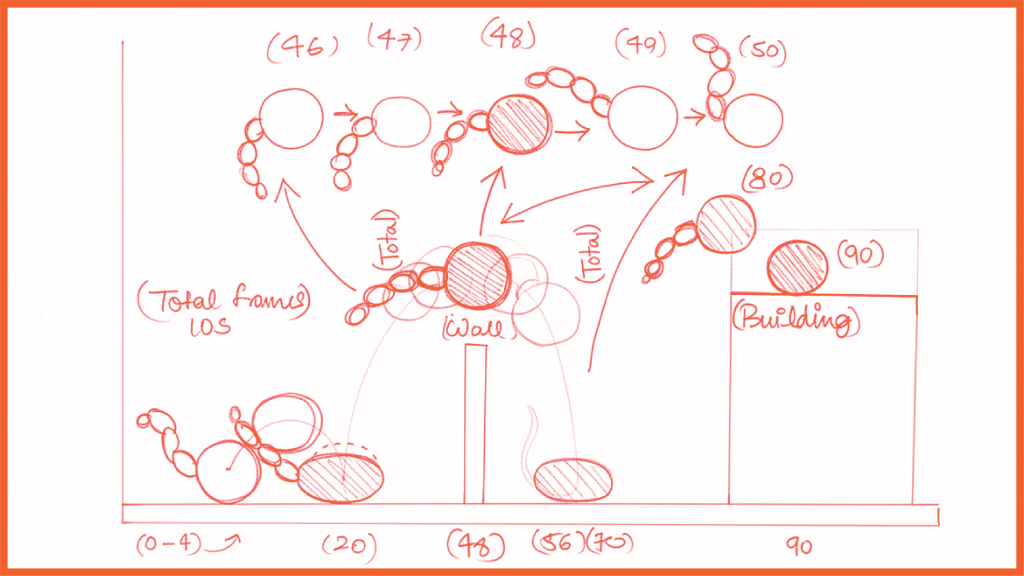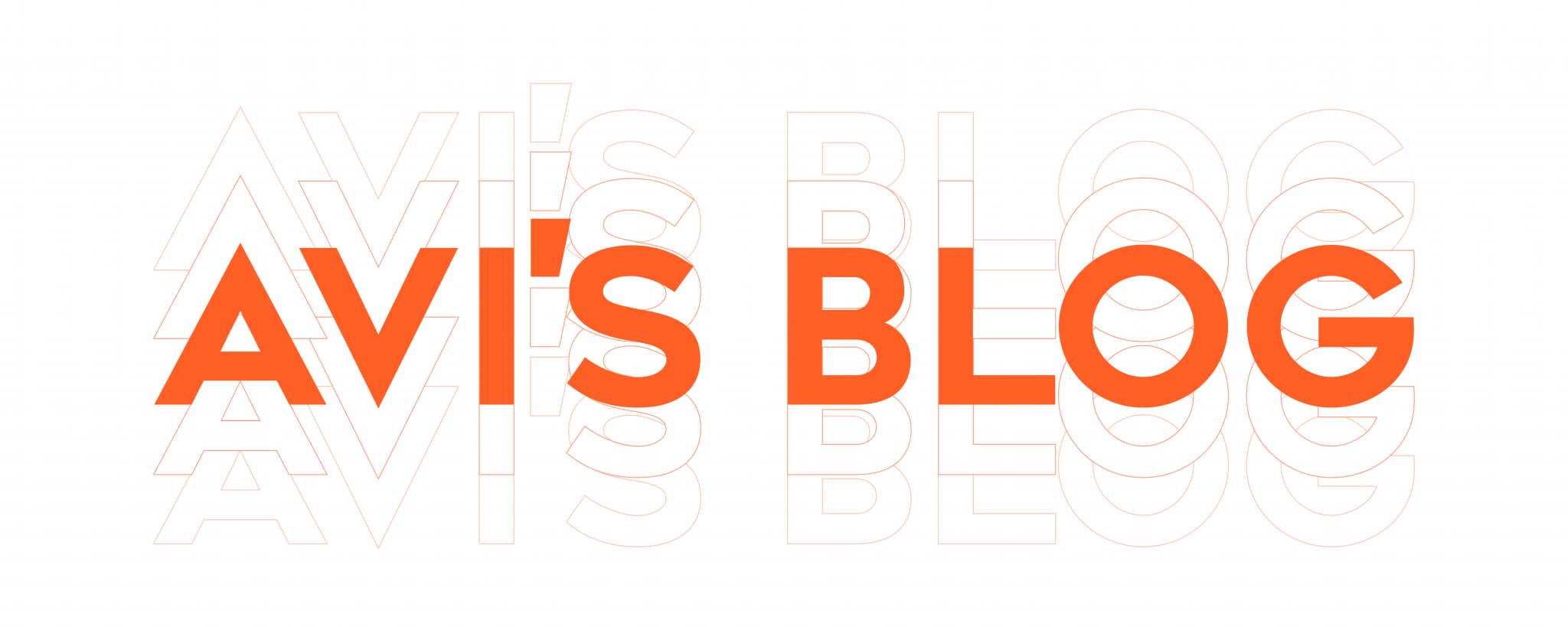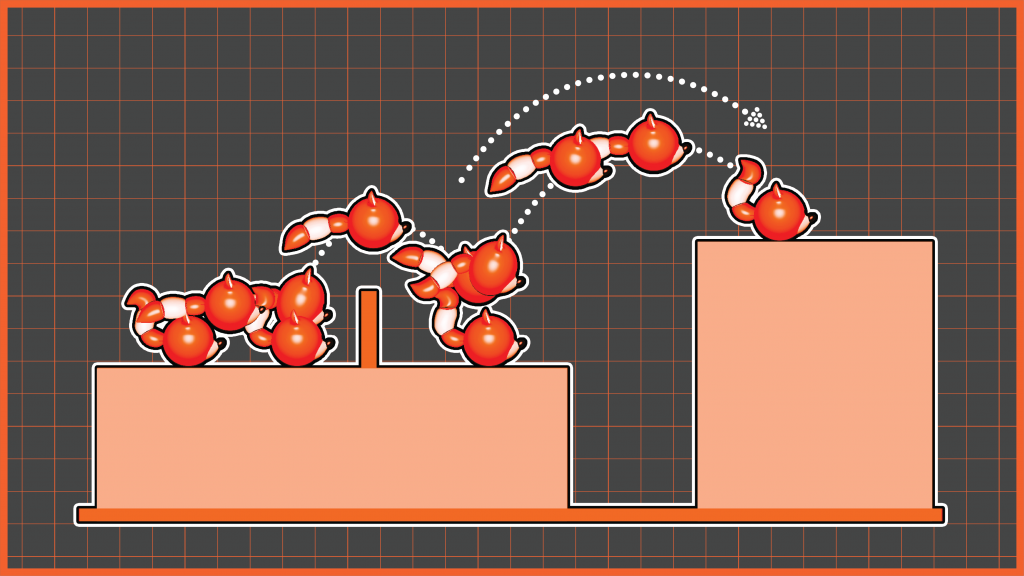In WEEK 03 of Computer Animation Fundamentals, Professor George Toombes began the session by explaining the use of the Graph Editor for Offsetting animations. He showed me how offsetting can help in creating smoother, more natural motion, especially during the blocking stage. However, he also advised me not to depend completely on it:
“Graph editors improve the pace and rhythm of the project during blocking, but it should not replace proper animation principles.”
After this, I learned about Anticipation in Animation. Professor George explained that anticipation is a key force that builds up before an action happens. He described it as a mechanical buildup of energy, which helps the audience understand what’s about to happen next. During the presentation, he shared a quote from one of the legendary animator Bill Tytla:
“Any animation consists of anticipation, action, and reaction.”
This made me realise how important it is to plan both the before and after of any movement, not just the main motion itself.
He also connected the idea of anticipation with Newton’s Law:
“An object in motion will remain in motion until acted upon by an unbalanced force.”
This helped me understand how physics plays a huge role in animation, even though we exaggerate in animation, the foundation still lies in real-world mechanics.
Then he introduced a new term to me called K.I.S.S., which stands for “Keep It Simple, Stupid.”
He explained that sometimes people try to overcomplicate their animations to make them look advanced, but often, simplicity is the best way to present clean and believable work. That was a strong takeaway for me, as I realised I should focus on clarity and structure instead of unnecessary complexity.
Later, he showed some of his own old sketches from his earlier animation years to demonstrate how anticipation works visually. I found it inspiring to see his earlier works and how he had used simple poses and exaggerations to show energy buildup before the main movement.
At the end, I received our Week 03 assignment, Ball with Tail animation. This assignment was a step ahead of the Bouncing Ball task, like instead of just the ball moving according to physics, now the tail attached to the ball had to move in reaction to the body’s movement. Professor George explained this concept using a squirrel reference video, where the squirrel’s body worked like the ball, and its tail moved naturally in reaction to its jumps. It was fascinating to observe how the body’s anticipation and tail’s reaction were connected so smoothly.
Step 1: Choosing the Reference
Step 2: Time Chart and Planning Sketch

Step 3: Developing the Animation
a) Blocking Key positions and applying Aquash and stretch
b) Refining time and space with Graph Editor
c) Adding Rotation
d) Blocking Key positions for tail
Step 4: Composing the Final Animation
Step 5: Receiving the Feedback
After I submitted my animation, Professor George appreciated my progress and said that he liked the bounces and the S-shaped tail curve, which was very close to how a real squirrel’s tail moves. However, he also pointed out two main things for me to improve:
“In the third jump, the trajectory looks a little off, make sure the path feels smoother.”
“You can push the anticipation a bit more, exaggerate the buildup before the jump.”
Step 6: Recomposing the Final Animation
Based on the feedback, I worked on the recomposed animation in Maya. I applied the updated anticipation and exaggeration and corrected the trajectory for third jump, as suggested. I also checked the motion in the graph editor to make the curves smoother and more natural.


